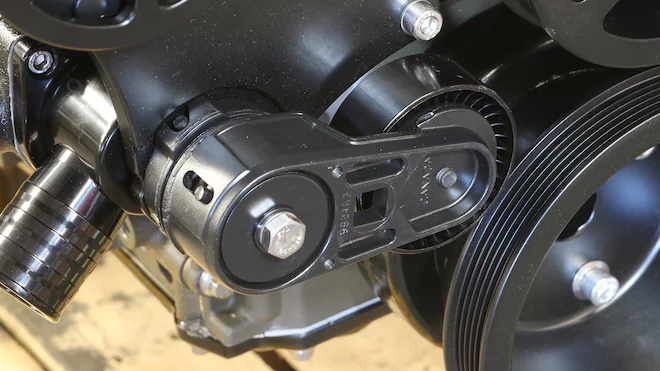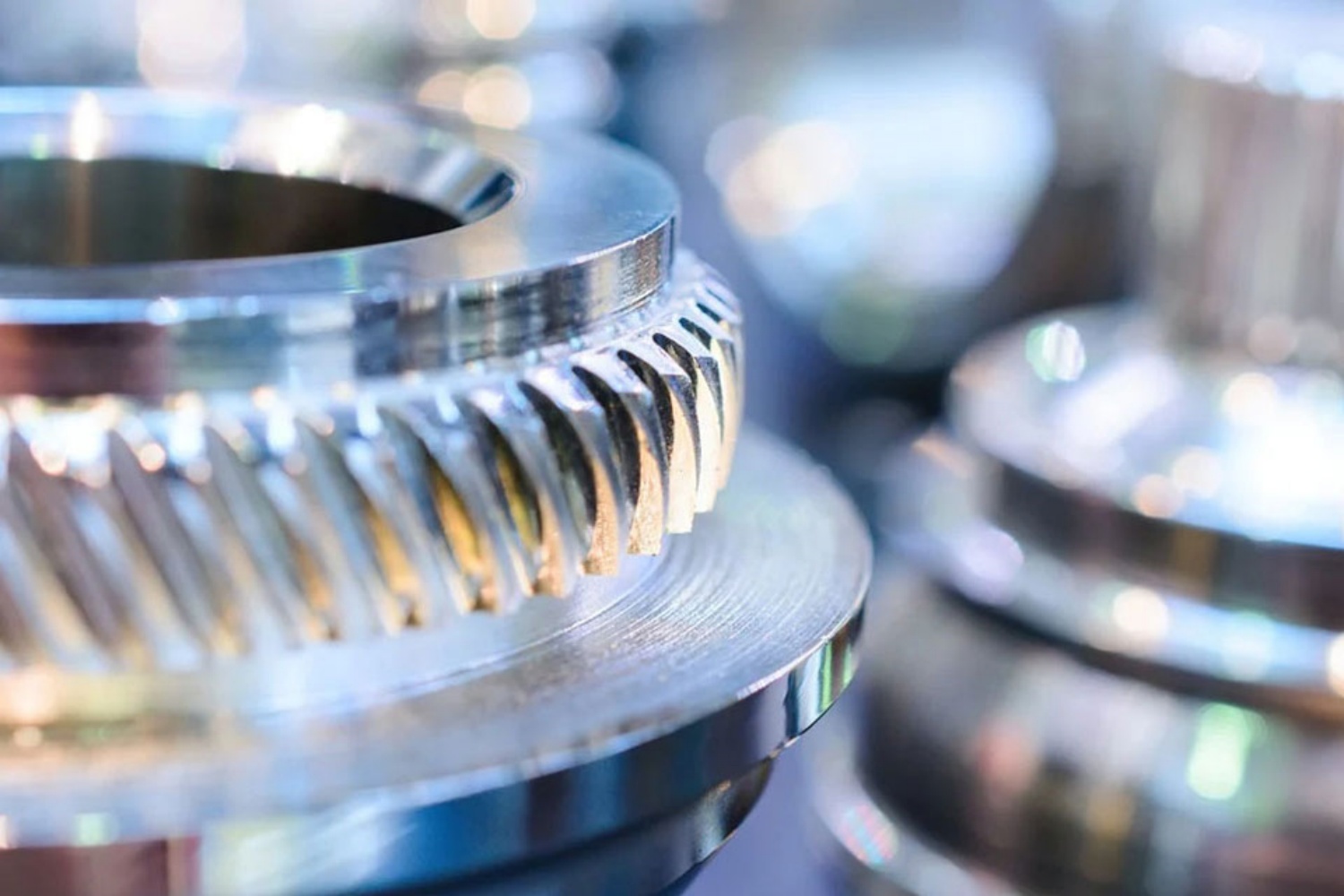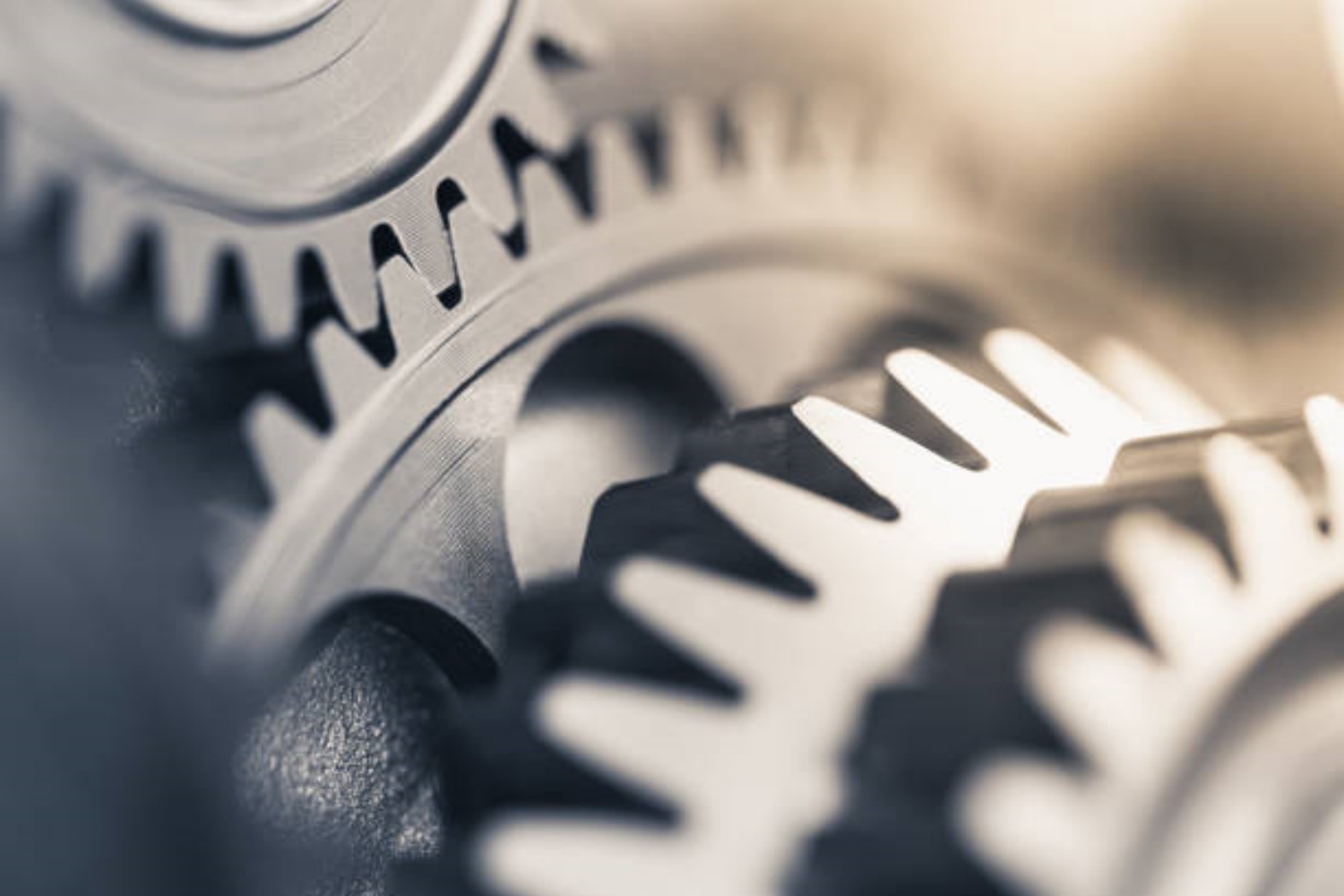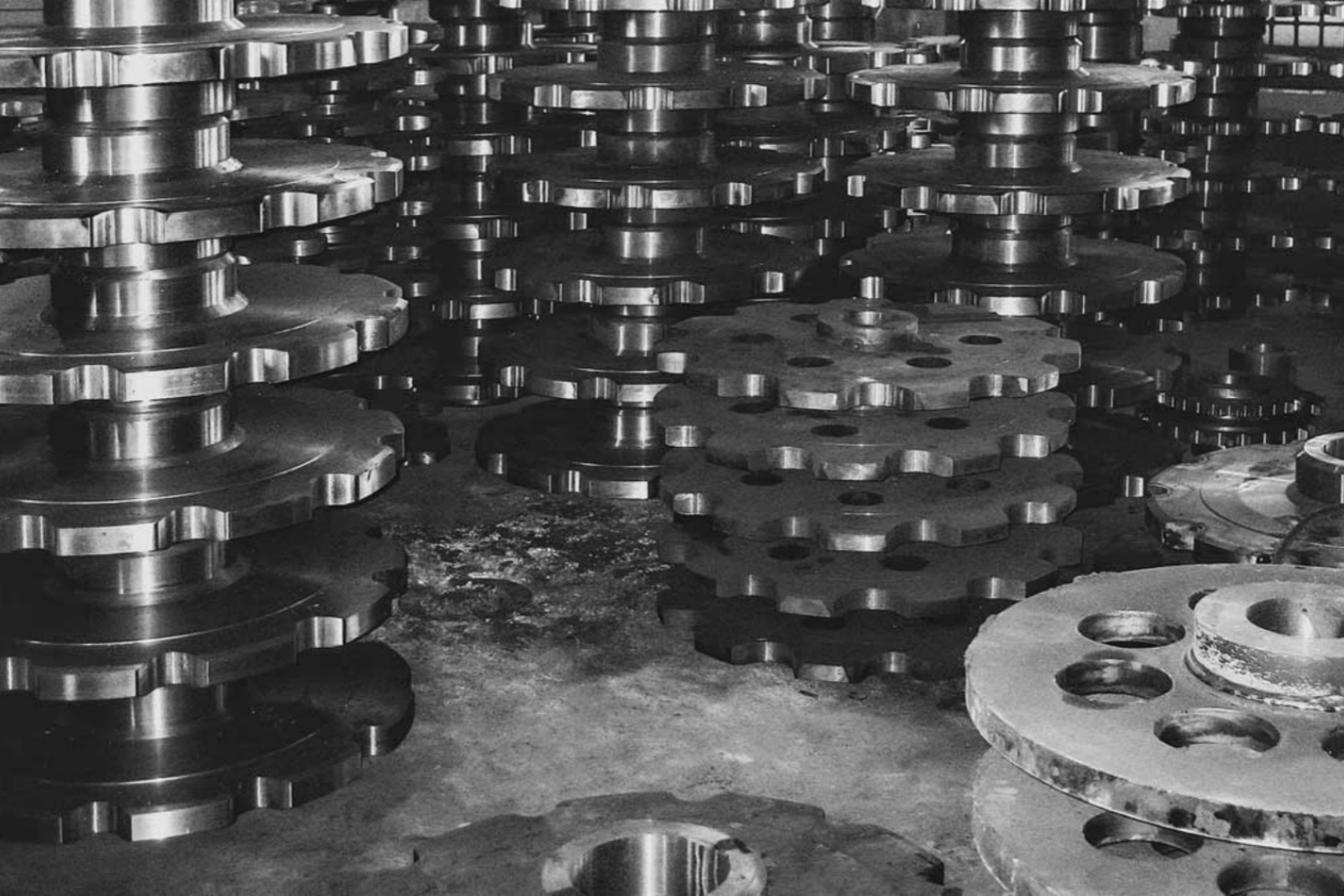In today’s industrial world, machinery performance and efficiency are critical to the success of manufacturing processes. V-belt pulley systems have long been a mainstay in these applications due to their reliable performance and adaptability. However, with the ever-changing demands of industry, it is essential to continuously seek ways to optimize machinery and enhance performance. This article explores how customizing V-belt pulley systems can achieve these goals.
Understanding the Needs of the Application
The first step in optimizing machinery with V-belt pulleys is to fully understand the specific needs of the application. This includes factors such as the type of equipment, the expected load capacity, the operating environment, and the desired level of performance. A clear understanding of these needs allows for the customization of V-belt pulley systems to meet unique performance criteria.
Designing for Performance
The design of V-belt pulley systems plays a crucial role in enhancing performance. The size, material, and geometry of the pulleys must be carefully selected to maximize efficiency and durability. By analyzing the load conditions, speed requirements, and environmental factors, engineers can tailor the design to ensure optimal performance.
Material Selection for Enhanced Performance
The material chosen for V-belt pulleys has a direct impact on their performance and durability. Materials such as cast iron and ductile iron are commonly used for their high strength and wear resistance properties. On the other hand, aluminum and steel are preferred for their lightweight and corrosion resistance properties. The material selection should be based on the specific application requirements, including load conditions, speed, and environment.
Advanced Manufacturing Techniques
Advanced manufacturing techniques are essential for producing high-quality V-belt pulleys with precise tolerances and intricate features. CNC (Computer Numerical Control) machining offers precise and accurate machining of complex geometries, ensuring the desired performance is achieved. Additionally, techniques such as laser cutting, waterjet cutting, and additive manufacturing can be employed to produce highly precise and complex components.
Testing and Validation
Testing and validation are critical steps in optimizing machinery performance with V-belt pulleys. This includes dimensional inspection to ensure precision fit and alignment, load testing to verify the designed capacity, and fatigue testing to assess the durability of materials under cyclic loading conditions. Accelerated aging tests can also be conducted to evaluate the performance of materials and components under extreme conditions.
Customized Solutions for Maximum Performance
Customized V-belt pulley systems offer maximum performance benefits for a wide range of industrial applications. By tailoring the design, material selection, and manufacturing process to meet specific application needs, significant performance enhancements can be achieved. This includes increased power transmission efficiency, reduced wear and tear, improved cooling capabilities, and simplified maintenance.
Optimizing machinery with V-belt pulley systems requires a comprehensive understanding of application needs, careful design considerations, advanced manufacturing techniques, and rigorous testing and validation. By employing these strategies, manufacturers can achieve maximum performance, efficiency, and durability in their machinery, resulting in cost-effective solutions that drive success in today’s competitive industrial landscape.
More: Discover the Excellence of V-Pulleys from Oris-Industrial: Your Reliable Partner in Australia
CONTINUE READING
Related Posts
In mechanical drives, gears are essential for transmitting motion, power, and torque across various applications. Two of the most commonly […]
In the world of industrial machinery, efficiency, precision, and reliability are essential. A key component in achieving these goals is […]
In the world of industrial engineering, precision and innovation are essential to staying competitive and meeting the ever-growing demands of […]





